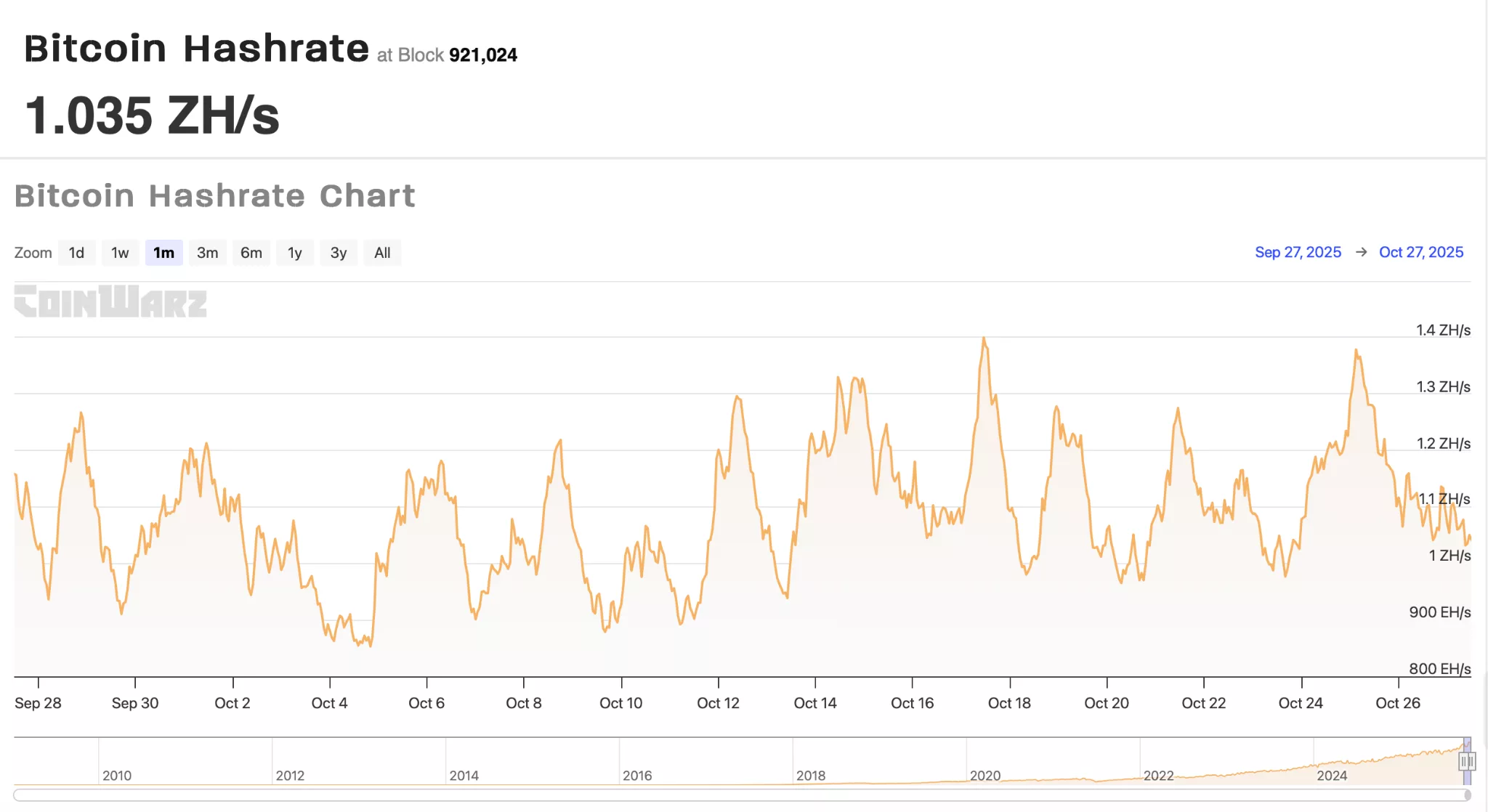How did a lone Bitcoin miner beat one-in-ten-million odds to find a block worth $347,000, and what does it reveal about solo mining in 2025?
- A Reddit user claimed to have mined Bitcoin block 920440 solo using an Umbrel Mini, earning roughly $347,000 in rewards and fees.
- Blockchain data confirmed the claim, showing a unique Coinbase tag and no trace of any large mining pool involvement.
- At current network levels of over 1 zettahash per second, a solo miner’s chance of finding a block is about one in ten million.
- Industrial-scale pools now control roughly 75–85% of global block production, making solo mining in 2025 more of an experiment than a source of profit.
Table of Contents
Solo miner claims rare Bitcoin win
A recent post on Reddit’s r/Bitcoin community caught the attention of miners across the world. A user claimed they had mined a Bitcoin block entirely on their own without any support from a large mining pool.
The block was numbered 920440 and carried the standard reward of 3.125 Bitcoin (BTC) along with transaction fees, amounting to around $347,000 at that time.
Mining a Bitcoin block involves solving a cryptographic puzzle that demands enormous computing power. Each miner repeatedly tests random numbers, known as nonces, until one produces a hash that meets the network’s difficulty target.
The difficulty automatically adjusts to ensure a new block is discovered roughly every ten minutes, regardless of how many miners are competing. A solo miner works independently, keeping both the risk and the full reward, which makes this process highly unpredictable.
Today, large mining pools dominate the network. A small home miner running only a few machines contributes just a few terahashes, giving them odds as low as one in two hundred million of finding a block.
Even so, it is not entirely impossible. CKPool, a platform that enables independent miners to operate solo without sharing rewards, has recorded several rare wins over the past decade.
The Reddit user said they were using an Umbrel Mini device for mining and were stunned to see the message appear on their screen, “You found a block.” Community members flooded the thread with congratulations, while others urged verification through blockchain data before celebrating.
Blockchain data matches the Reddit claim
Every Bitcoin block is publicly visible and carries exact details such as the time it was mined, the entity that mined it, the difficulty level, and the total reward earned. A review of block 920440 showed that its characteristics closely matched the Reddit user’s account.
The block was mined on Oct. 23 at 19:32 UTC and contained a short text note known as a Coinbase tag that read “Public Pool on Umbrel.”
This tag, inserted by the miner’s software, identifies the setup responsible for producing the block and matched the Reddit user’s claim of mining through a public pool on an Umbrel Mini device.
No major commercial pool uses that tag. Blocks mined by large operators such as Foundry USA, F2Pool, or AntPool display their names clearly in the Coinbase message.
The absence of those names and the presence of a custom tag suggest that this block was indeed mined by an individual rather than a pool.
Raw network data shows how rare that event was. The block difficulty was about 2.07 quadrillion, while the total network difficulty hovered near 146 trillion.
At that level, a home miner producing one terahash per second would, on average, need to mine for hundreds of millions of years before finding a block.
Even so, probability allows for improbable outcomes. Bitcoin’s proof-of-work mechanism ensures that every participant, no matter how small, retains a measurable chance of success.
The block itself showed no anomalies. It contained more than 2100 transactions, about 89% of which used SegWit, which aligns with regular network behavior.
Taken together, all the technical indicators point to one conclusion. A miner operating a solo Umbrel-based setup appears to have genuinely mined block 920440, an outcome that defied the astronomical odds stacked against it.
Why solo mining is nearly impossible
Mining a Bitcoin block might sound like an equal game, but the scale at which it happens today tells a very different story. Every miner in the network is trying to solve the same cryptographic puzzle, yet their tools, costs, and chances of success vary enormously.
A home miner usually starts small. The setup might involve one or two machines known as ASICs, short for Application-Specific Integrated Circuits.
ASICs are built to perform a single task, solving Bitcoin’s proof-of-work equation. Each ASIC can perform trillions of calculations per second, but even that level of power is tiny compared with the global network.
The entire Bitcoin network operates at around 1.035 zettahashes per second as of Oct. 27, meaning it performs more than one sextillion (10²¹) calculations every second.

One calculation shows that if you run a top-tier ASIC producing 234 terahashes per second while the network remains at its current level, you have about a 0.0000222% chance, or roughly 2.2 in 10 million odds, of finding a block within a ten-minute window.
Each ASIC consumes large amounts of energy and releases continuous heat, so miners invest heavily in cooling systems to prevent hardware damage and maintain efficiency.
To offset these costs, industrial miners prefer regions where electricity prices are extremely low, such as parts of Texas, Kazakhstan, or Iceland, where renewable or surplus energy is available.
Operators in these regions buy hardware in bulk, sometimes thousands of units at once, secure long-term electricity contracts, and use real-time monitoring systems to manage power loads and maintain performance stability.
As operations expand, many large miners choose to combine their computing power through mining pools, where thousands of participants contribute resources and receive smaller but steady payouts instead of waiting for a rare full block reward.
In 2025, nearly the entire network’s hashrate is concentrated among a few large pools such as Foundry USA, Antpool, F2Pool, and ViaBTC.
Data from public trackers shows that these top five together account for about 75-85% of global block production at any given time, while smaller or unidentified pools handle the remainder.
The role of home-based miners is statistically negligible. Only a few hundred solo-mined blocks have ever been recorded in Bitcoin’s history, showing how extremely rare it is for an individual miner to find one independently.
Paying standard residential rates makes home mining largely unprofitable unless someone gets extraordinarily lucky and discovers a block.
In simple terms, almost every block on the network today is produced by large professional operations, while independent achievements like the Umbrel Mini case remain rare exceptions.
Anyone thinking about home mining in 2025 needs to treat it as a hands-on experiment rather than an investment. It offers insight into how Bitcoin stays secure and decentralized, but it is not a path to reliable income.



